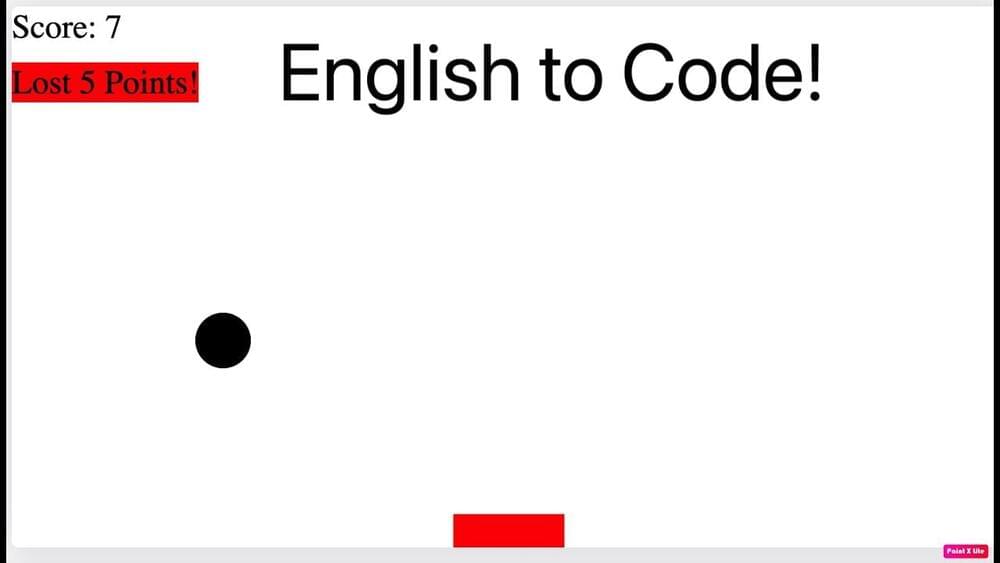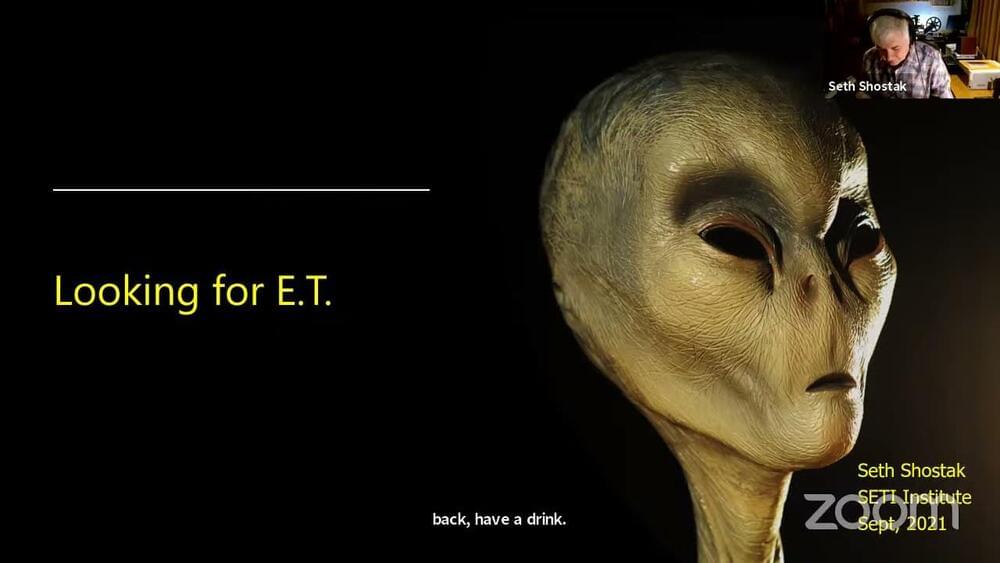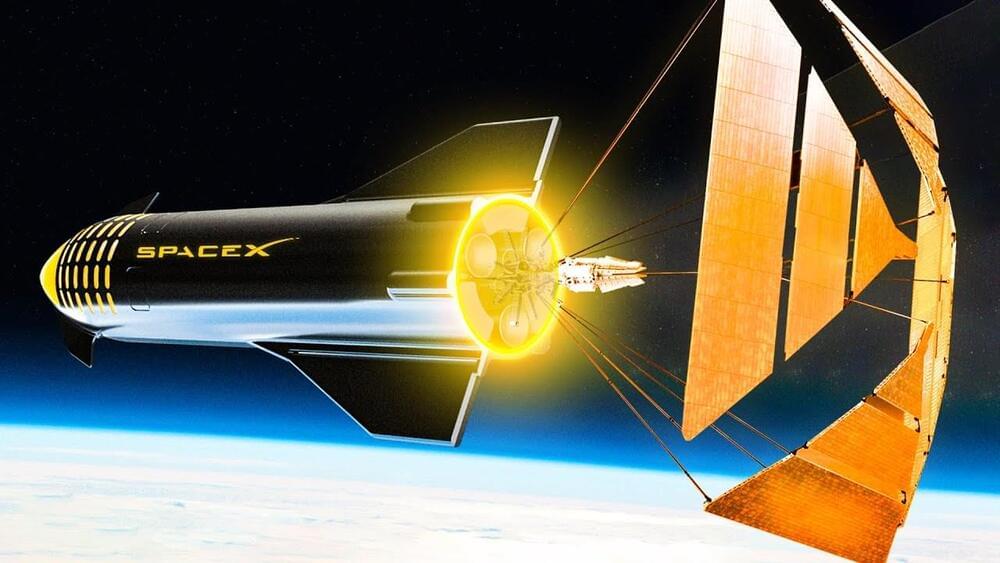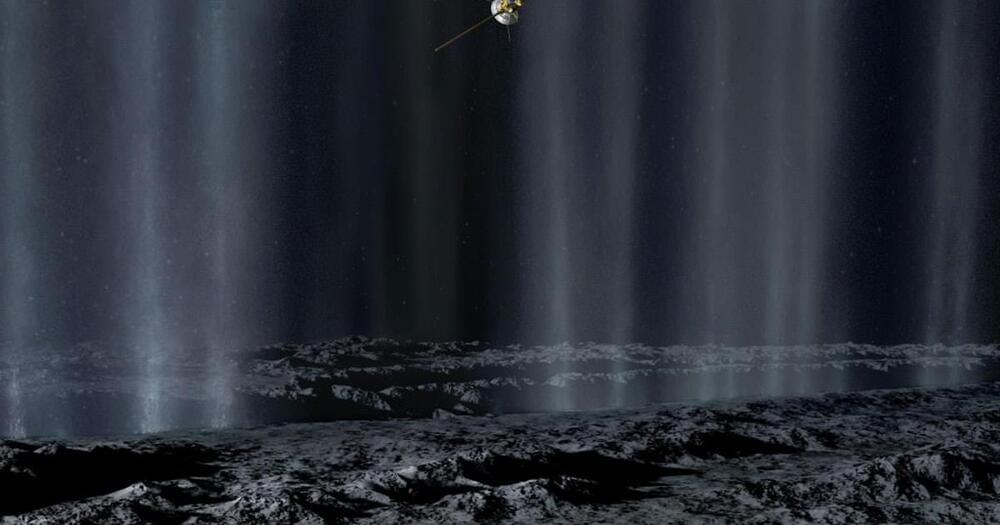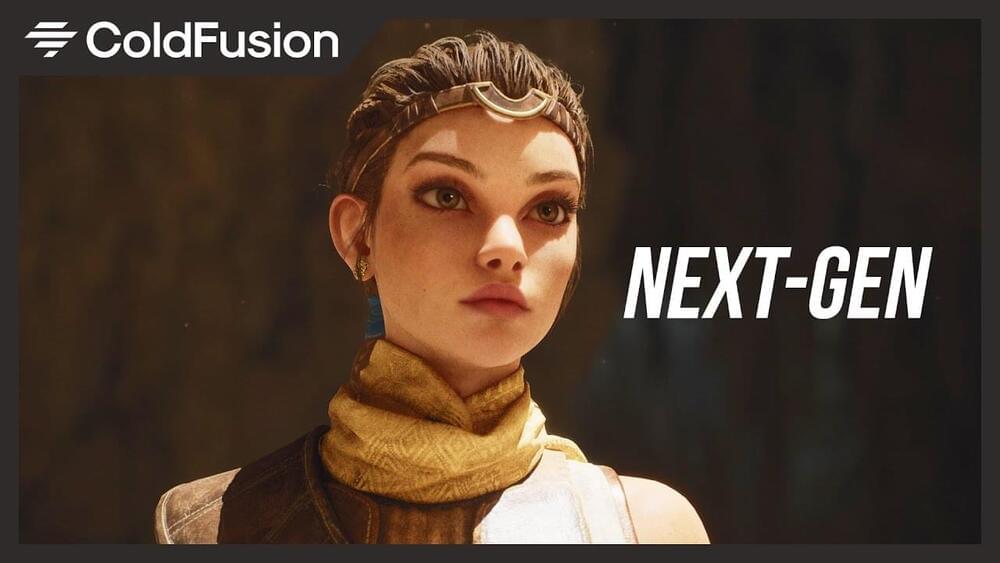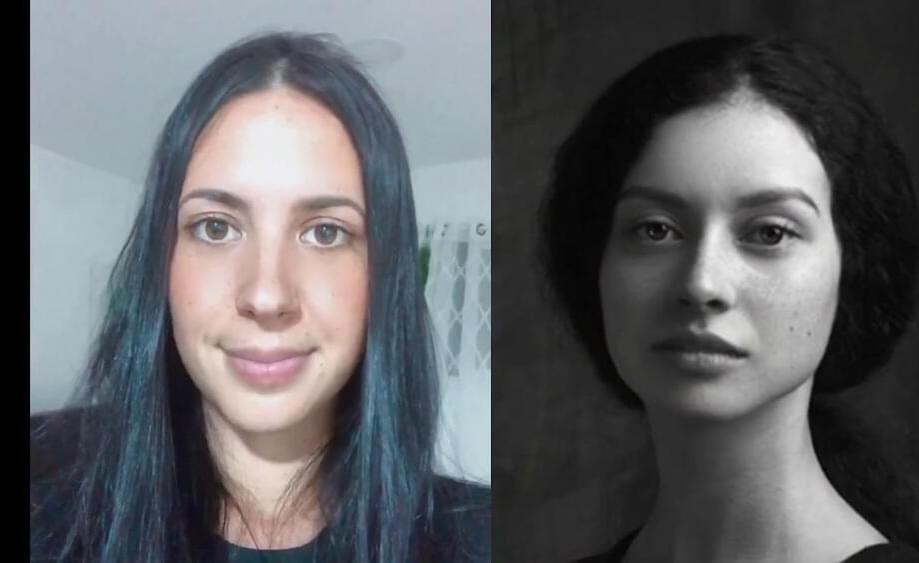https://www.youtube.com/watch?v=81rBzfbFLiE&t=4s
I predicted that by 2030 you would be able to tell an AI assistant to build brand new books, movies, TV, video games, etc… on demand. That has now arrived, although in its Very Early stages. Look forward to building whatever media you want, or changing existing media into whatever you want.
“OpenAI Codex: Just Say What You Want!”
❤️ Check out Perceptilabs and sign up for a free demo here: https://www.perceptilabs.com/papers.
📝 The paper “Evaluating Large Language Models Trained on Code” is available here:
https://openai.com/blog/openai-codex/
Codex tweet/application links:
Explaining code: https://twitter.com/CristiVlad25/status/1432017112885833734
Pong game: https://twitter.com/slava__bobrov/status/1425904829013102602
Blender Scripting: https://www.youtube.com/watch?v=MvHbrVfEuyk.
GPT-3 tweet/application links:
Website layout: https://twitter.com/sharifshameem/status/1283322990625607681
Plots: https://twitter.com/aquariusacquah/status/1285415144017797126?s=12
Typesetting math: https://twitter.com/sh_reya/status/1284746918959239168
Population data: https://twitter.com/pavtalk/status/1285410751092416513
Legalese: https://twitter.com/f_j_j_/status/1283848393832333313
Nutrition labels: https://twitter.com/lawderpaul/status/1284972517749338112
User interface design: https://twitter.com/jsngr/status/1284511080715362304
🙏 We would like to thank our generous Patreon supporters who make Two Minute Papers possible:
Aleksandr Mashrabov, Alex Haro, Andrew Melnychuk, Angelos Evripiotis, Benji Rabhan, Bryan Learn, Christian Ahlin, Eric Haddad, Eric Martel, Gordon Child, Ivo Galic, Jace O’Brien, Javier Bustamante, John Le, Jonas, Kenneth Davis, Klaus Busse, Lorin Atzberger, Lukas Biewald, Matthew Allen Fisher, Mark Oates, Michael Albrecht, Nikhil Velpanur, Owen Campbell-Moore, Owen Skarpness, Ramsey Elbasheer, Steef, Taras Bobrovytsky, Thomas Krcmar, Timothy Sum Hon Mun, Torsten Reil, Tybie Fitzhugh, Ueli Gallizzi.
If you wish to appear here or pick up other perks, click here: https://www.patreon.com/TwoMinutePapers.
Meet and discuss your ideas with other Fellow Scholars on the Two Minute Papers Discord: https://discordapp.com/invite/hbcTJu2
Károly Zsolnai-Fehér’s links:
Instagram: https://www.instagram.com/twominutepapers/
Twitter: https://twitter.com/twominutepapers.
Web: https://cg.tuwien.ac.at/~zsolnai/

